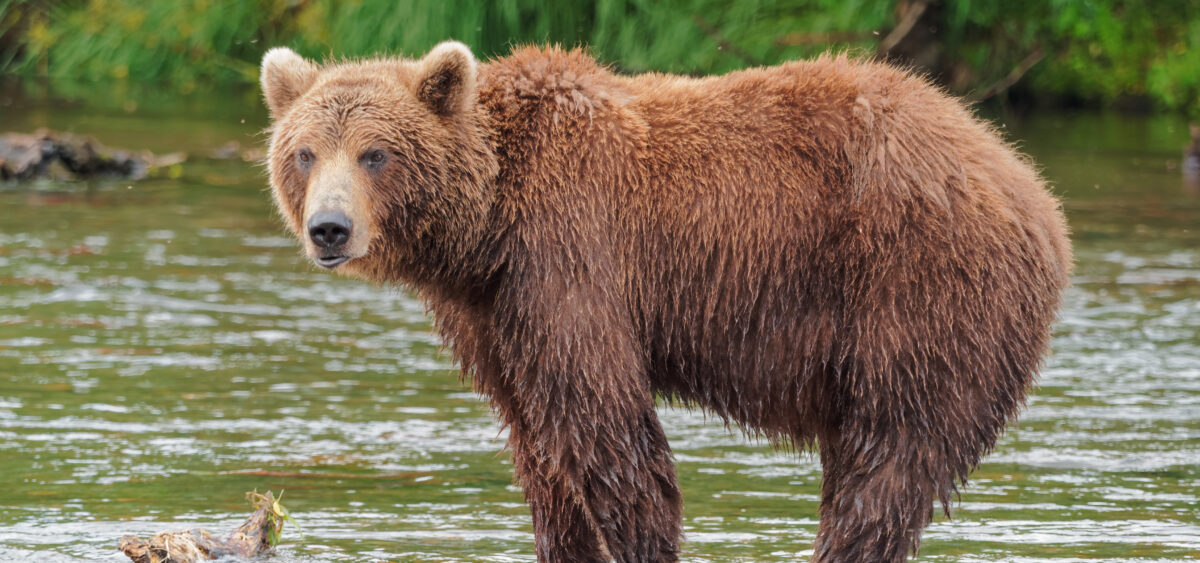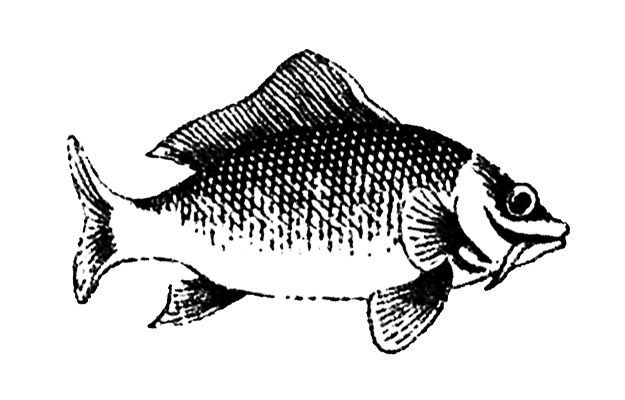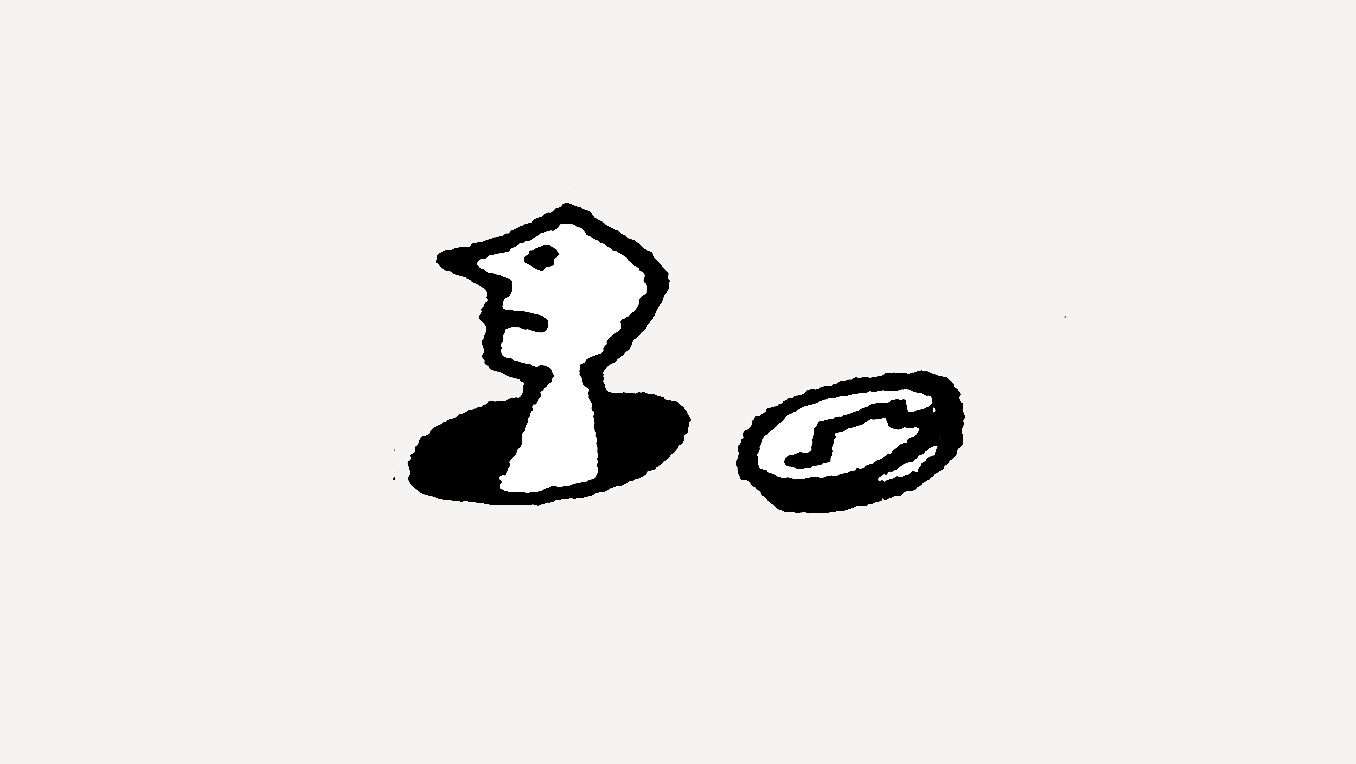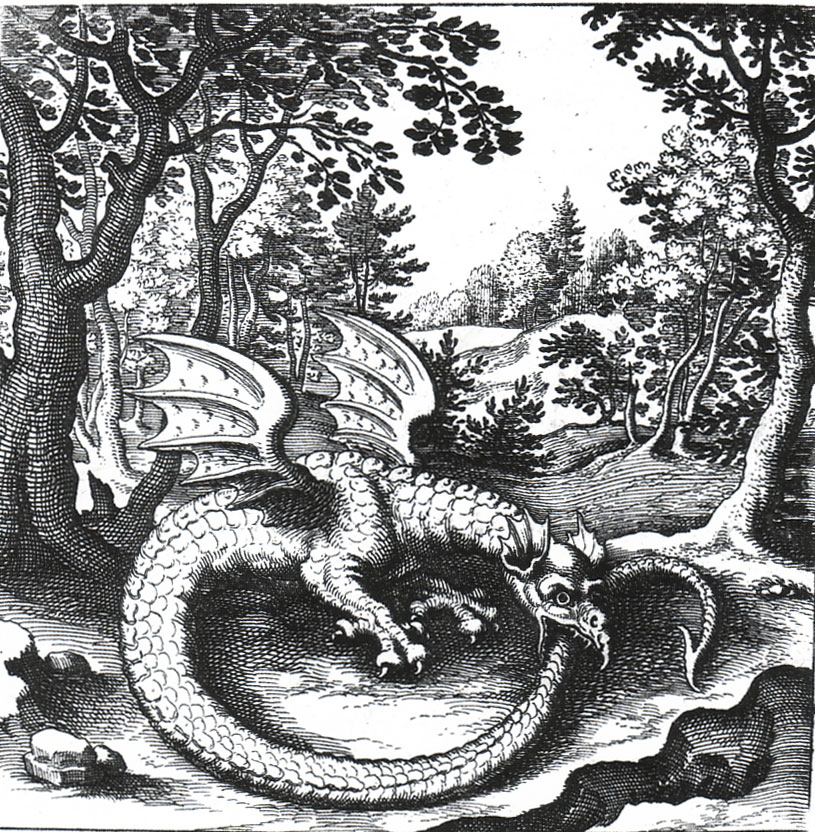
They never go to the doctor, but they still know how to cope with diarrhoea, fight parasite infections, and even induce labour. Many animals exhibit a kind of behaviour called zoopharmacognosy – they know how to self-medicate, for instance by eating fruit, clay, or taking ant baths.
Chausiku, a female chimpanzee, was clearly sick. She left her son, Chopin, under the care of another female and wandered away from the troop. She began to pull off the shoots of a certain plant and chew on them, sucking out the juice. Michael Huffman, a scientist who had just started working in the Mahale Mountains National Park in Tanzania, was astounded by Chausiku’s behaviour: chimps had never been seen to eat that plant before. He asked another member of his team (a man named Mohamedi Seifu Kalunde from the nearby Tongwe people) about the plant, called Vernonia amygdalina. He was told that the bitter-tasting plant was regarded by the Tongwe as a powerful medicine, used to treat stomach ailments and parasite infections. “But could a chimp actually know about its medicinal properties?” the scientist wondered. 24 hours later, he was certain: Chausiku knew what she was doing, and it worked. Her condition improved. She regained her appetite and resumed care of her infant.
The wild boar knows which herb will cure it
“People observed cases of self-medication among animals long before Huffman’s discovery,” says Professor Tadeusz Kaleta of the Faculty of Animal Science, Warsaw University of Life Sciences (SGGW). In his paper “Samoleczenie u dziko żyjących kręgowców” (“Self-Medication in Vertebrates in the Wild”), published in the journal Życie Weterynaryjne in 2005, he cites an old Chinese story about a farmer from the Yunnan Province who once tried to kill a snake with a shovel. “But the animal kept coming back, as if it had been miraculously cured. The farmer followed the snake and discovered that the animal ate a plant called Panax notoginseng to recover from the injuries. These observations helped create an effective antihemorrhagic medication that is still used in Chinese herbal medicine,” Kaleta says. The ancient Hindus once wrote in Sanskrit that “the wild boar knows which herb will cure it, as does the mongoose.” This probably referred to the root of a plant called Rauvolfia serpentina, which contains an antidote to the venom of the snakes that mongooses hunt. In the 1970s, the primatologist Richard Wrangham of Harvard University observed that chimps from the Gombe National Park in Tanzania would sometimes eat the leaves of Aspilia pluriseta and Aspilia rudis (related to sunflowers). Wrangham examined the chimpanzees’ faeces and discovered that the leaves came out of their digestive tracts undigested. The chimps swallowed them whole, without chewing, but after first piercing small holes in them. It later turned out that the plant contained large amounts of the antibiotic thiarubrine A. Wrangham suspected that the monkeys used it to fight off parasites, but his colleagues were sceptical of the claim. Undaunted, the scientist explored the problem. Together with a colleague from Cornell University, Professor Eloy Rodriguez, Wrangham coined the term zoopharmacognosy, derived from the Greek zoo (‘animal’), pharma (‘drug’), and gnosis (‘knowledge’), to refer to animal knowledge of medicines.
Mindful of Wrangham’s experience, Huffman collected faecal samples from Chausiku’s troop. He examined them very carefully and calculated that after the chimps ate a portion of Vernonia amygdalina, the counts of parasite eggs, especially those of the dangerous nematode Oesophagostomum stephanostomum, dropped by as much as 90%! “We can determine whether a plant is being eaten as medication or to satisfy hunger based on whether it is consumed in small amounts and only by the animals that show symptoms of a disease,” Kaleta explains. The monkeys observed by Huffman were considerably more likely to eat the plant in the rainy season, when it was easier for them to contract parasite infections, and biochemical tests confirmed that Vernonia amygdalina contained antiparasitic and antiprotozoal substances. Huffman, now a professor at Kyoto University, has become an international expert on animal self-medication, and the research he initiated has shown that the use of medications can be observed among many animals, ranging from monkeys through sheep to butterflies and ants. He argues that from an evolutionary standpoint, an organism’s preservation of its health is a basic principle of survival, and all species living today can be expected to have evolved a variety of ways of protecting themselves from predators and parasites.
Gorillas know how to cope with diarrhoea
Cindy Engel, a lecturer at the Open University in the United Kingdom, is not worried when her cat Darwin vomits (even if he does so on her carpet). She has observed self-medicative behaviour among animals for years. Why do dogs and cats – both domesticated and wild – eat grass? As Engels explains, research has shown that when dogs eat grass, they are typically suffering from gastritis, gastroesophageal reflux, or intestinal obstruction. Although she called her book Wild Health: How Animals Keep Themselves Well and What We Can Learn from Them, the researcher does not actually encourage people to eat grass. Nonetheless she notes that humans practice body detox just like animals: the practice of eating earth (geophagy) or clay has been observed in many cultures, not only among indigenous people.
As Kaleta observes, many of us do not even know that when we take Smecta for diarrhoea, we are in fact eating a silicate of aluminium called diosmectite, whereas many animals (chimpanzees, tapirs, elephants, rhesus monkeys, and gorillas, as well as birds) rely on kaolin clay. It contains minerals such as kaolinite, mica and smectite, which neutralize stomach acid and regulate the intestinal pH, in addition to absorbing undesired substances such as tannins and alkaloids, which plants produce for protection. James Gilardi of the University of California, Davis, fed Ara macaws quinidine, a harmless plant alkaloid. Some of the macaws were fed quinidine and clay; others only quinidine. “Several hours later, the macaws that had eaten quinidine with clay had 60 percent less alkaloid in their blood,” Engel writes in Wild Health. Mountain gorillas (Gorilla beringei beringei), whose diet in the dry season predominantly consists of diarrhoea-causing bamboo shoots, also start eating small amounts of soil. Why? Because of a detoxifying substance called regolith.
Bears make ointment for mosquito bites
If the surrounding natural world is treated by animals as one big pharmacy, then it should offer not only medicines taken by mouth, but also preparations for treating skin problems. “And indeed it does! Anting, or behaviour during which animals bathe in ant nests, is observed among over 200 bird species, as well as monkeys and squirrels,” Kaleta says. What does such a treatment at the ant spa look like? A bird rolls around in an ant nest, picks up some of the insects in its bill, and rubs them on its feathers. The ants defend themselves by secreting substances that contain formic acid, which effectively kills the parasites that live on the skin and feathers of the bird (for example, lice), in addition to having antibacterial and antifungal properties. “It’s quite possible that such treatments are at the root of the myth about a phoenix reborn out of fire. Bathing in an ant nest must burn like fire, but the bird feels born again,” Kaleta jokes. Venezuela’s wedged-capped capuchin monkeys, in turn, anoint themselves with the Orthoporus dorsovittatus myriapods. Their secretion contains benzoquinones, which act as an insect repellent.
Animals can even make ointments that have medicinal properties. Brown bears from North America treat insect bites with a paste made of saliva and osha roots. The plant has antibacterial and antiviral properties, and repels insects. Helen Morrogh-Bernard of the University of Cambridge has observed that orangutans in Borneo chew on a plant in the Commelina genus, and rubbed the paste mixed with saliva onto their bodies. Borneo’s indigenous people also use it to create a lotion to treat muscle pain.
Plants are also used to ‘clean’ the surroundings. The dusky-footed woodrat, a rodent found in North America, clears its nest of fleas, ticks and mites with the help of the leaves of California bay laurel. The rodents first nibble on the leaves, which then release substances whose vapour is harmful to flea larvae, as Angie Trius and Mark Doran write in their book Animal Doctors: Incredible Ways Animals Heal Themselves. Likewise, birds carefully select material to line their nests with. Starlings make use of yarrow, ground elder, white willow, wild carrot, and fleabane, among other plants. Biologists Larry Clark and Russell Mason discovered that the aromatic substances contained in those plants boosted the immune systems of chicks and significantly reduced the number of mites that fed on bird blood. Such nestlings were likewise less likely to develop anaemia. The researchers also placed yarrow in the nests of tree swallows (which did not use this strategy); the application of the ‘medicine’ was followed by a significant reduction in the number of parasites. Eurasian blue tits use lavender, mint and asters for the same purpose. When researchers experimented with removing those plants from their nests, the birds immediately replaced them. Asian sparrows use plants to protect themselves against malaria – when the risk of an outbreak rises, the birds change the lining of their nests, replacing them with Caesalpinia pulcherrima, rich in antimalarial quinine. There appears to be no limit to avian creativity. Birds that live close to humans bring cigarette butts to their nests, because nicotine helps kill parasites, although it also most probably causes more frequent genetic damage to chicks.
Butterflies choose prevention over cure
Medicines are used both by mammals and birds, as well as insects and less intelligent animals. A monarch butterfly (Danaus plexippus) infected with Ophryocystis elektroscirrha spores is in serious trouble. The parasite not only reduces its ability to fly, but also significantly shortens its life span. It is better to prevent such infections early. Monarch butterfly caterpillars only eat plants from the family Apocynaceae. They are especially fond of tropical milkweed, which contains a particularly large amount of poisonous chemical substances. The plant is rich in glycosides, which are effective antiparasitic agents, as Angie Trius and Mark Doran explain in Animal Doctors. When these butterflies lay eggs, they infect their future offspring with parasites. When they can choose between different types of milkweed in a greenhouse, 68% lay their eggs on the plants with medicinal properties in order to protect the caterpillars. Such treatment significantly reduces the level of infection among the young. If fruit flies sense the presence of insects of the order Diptera, which parasitize their larvae, they choose food with high ethanol content (such as fermenting fruit).
Dietary habits in sheep herds
To what extent is animal self-medication a conscious behaviour? “In many cases, this behaviour appears instinctive, especially when it comes to insects, but mammals can convey medical knowledge to one another, and young animals can learn by observing older ones,” Kaleta says.
Inspired by Huffman’s research, Juan Villalba, a researcher at Utah State University, observed how lambs acquired knowledge about medicinal plants. He gave lambs two types of fodder: normal fodder and bitter-tasting fodder mixed with tannin-rich plants (tannins, which are responsible for the taste of red wine, help battle parasite infections, among other properties). The lambs avoided the bitter-tasting fodder until the researcher infected some of them with parasites. Then they were more willing to eat the less tasty, tannin-rich food, and when they did so the number of parasites fell significantly. Such a choice was only made by lambs that had experienced the positive effects of the therapy, and only until they had rid themselves of parasites. Once parasite-free, they were again more likely to opt for the normal fodder. In subsequent studies, Villalba observed that sheep learned medicinal habits faster when they grazed in herds, as opposed to alone. He also observed that infected animals are more likely to try new plants they have never eaten before, as if disease prompted them to look for a cure.
Porcupines gave humans a cure for bloody diarrhoea
It is quite possible that primitive humans learned herbal medicine from animals – or at least that is what Stephen Buckley of the University of York suggests. He analysed the dental calculus on the teeth of 13 Neanderthal skeletons from the El Sidrón cave in the north of Spain (they lived and died around 50,000 years ago). An analysis of food remains revealed that the Neanderthals had supplemented their diet with certain poorly nutritious and bitter-tasting plants, including yarrow and chamomile, which have anti-inflammatory, antihemorrhagic and antibacterial properties. If not the Neanderthals, then later humans surely drew their knowledge from watching animals. “The discovery of the mechanism of action of both caffeine and amphetamine was based on observations of the behaviour of domestic animals that ate the fruit and leaves of specific plants. The use of coca leaves in the Andes probably has similar origins – there, humans copied the behaviour of llamas. Almost the whole of folk medicine is probably based on observations of animal self-medication by witch doctors or shamans,” Kaleta writes in the paper “Self-Medication in Vertebrates”.
Osha roots, used by bears to make ointments, were brewed by Native Americans to ease pain and boost endurance. Women in Kenya who want to speed up labour or perform an abortion make use of plants of the borage family (Boraginaceae). The same plant is eaten by pregnant elephants in Kenya to induce labour. In Proceedings of the Nutrition Society, Huffman cites a story told by the previously mentioned Mohamedi Seifu Kalunde, whose grandfather Babu once killed a female porcupine during a hunt and took its surviving young back to his village. When the village was hit by an outbreak of bloody diarrhoea, the porcupines also fell ill. Babu noticed that one of the porcupines left its enclosure, went to a nearby forest, and dug up and ate the roots that the Tongwe called mulengelele (Latin Aeschynomene sp.). The animal got better, so Babu tried the plant on himself and other villagers. It is still commonly used in East Africa.
Could zoopharmacognosy provide inspirations for modern pharmacology? “Pathogens continue to evolve, and a lot of the drugs that we have developed are losing their efficacy. And therefore, there is this great need to find new ways to discover drugs that we can use against our diseases,” biologist Jaap de Roode observes. “Rainforests with their rich biodiversity are a great big pharmacy that has so far been tapped by humans to a small extent, and animals could be our guides here,” Kaleta believes. However, new medicines could be hidden close to us, for example in beehives. De Roode gives the example of bee propolis, which has broad antibacterial and antifungal properties, as well as a component that blocks the HIV-1 virus. Thus if porcupines have taught people how to treat bloody diarrhoea, then perhaps it’s not so far-fetched, as de Roode says, that “maybe one day we will be treating human diseases with drugs that were first discovered by butterflies.”










